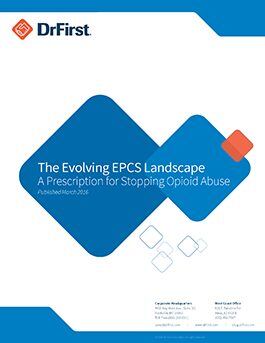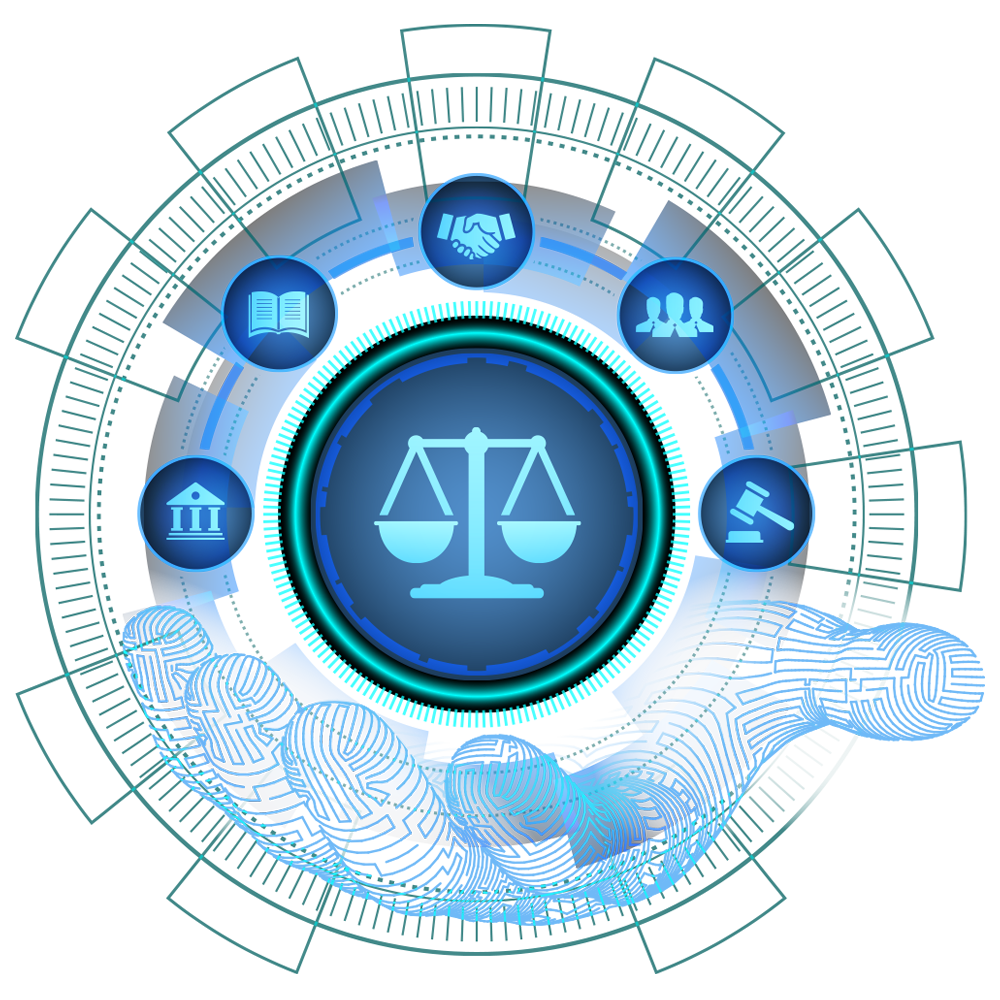Integrated workflows ease staff burden and satisfy regulatory mandates.
DrFirst Report Reveals the Current State of Electronic Prescribing of Controlled Subtances


The nation’s pharmacies are mostly enabled while prescribers are slow to catch up
March 24, 2016
ROCKVILLE, Md.— DrFirst, a pioneer in electronic prescribing, secure texting and other healthcare SaaS solutions, today released a report providing data on the use of electronic prescribing of controlled substances (EPCS) nationwide.
EPCS is one of the most valuable tools we have in the fight against the abuse of opioids and other controlled substances (EPCS). Each day, 44 people in the U.S. die due to an overdose of a prescription painkiller. More than 15 million people in the U.S. abuse prescription drugs regularly and 52 million Americans over the age of 12 have used prescription drugs non-medically in their lifetime.
EPCS may help curb this abuse and misuse by increasing prescription security, improving patient safety and reducing the practice of “doctor shopping” to fill unnecessary prescriptions.
A new report from DrFirst, “The Evolving EPCS Landscape 2016: A Prescription for Stopping Opioid Abuse,” reveals that a vast majority of our nation’s pharmacies (over 82 percent of retail pharmacies) are EPCS-enabled and notes that five states – Massachusetts, Michigan, Oklahoma, Rhode Island and New York – now report that more than 90 percent of their pharmacies are EPCS enabled.
However, the prescriber community is still far behind their pharmacy counterparts, the report shows. On average, only 5.8 percent of all U.S. practitioners are currently EPCS-enabled.
Consider New York, where the Internet System for Tracking Over-Prescribing Act (I-STOP) takes effect March 27. This landmark law will require practitioners to electronically prescribe all legend drugs and controlled substances. Consequently, a whopping 96 percent of New York pharmacies are EPCS enabled—the highest EPCS enablement in the nation. However, just 27 percent of the state’s practitioners are enabled to date–even though the new mandate comes with strict penalties.
The DrFirst report shows that there has been some positive movement by prescribers over the last year to adopt EPCS. Based on information culled from the more than 250 electronic health record and hospital information system vendors to which DrFirst provides EPCS functionality, along with the thousands of practices and physicians who use stand-alone versions of DrFirst’s software, Rcopia and EPCS Gold, DrFirst calculated there has been a 274 percent increase in the volume of EPCS prescriptions in 2015.
Not surprisingly, the state with the largest increase was New York, which saw a massive 3,225 percent increase in volume of electronic prescriptions, ahead of the e-prescribing mandate deadline.
“Education for prescribers is key to moving the industry from paper to electronic prescriptions for controlled substances,” says Peter Kaufman, MD, a board-certified gastroenterologist who also serves as DrFirst’s chief medical officer. “For example, credible EPCS technology vendors can guide doctors through the DEA’s required identity-proofing process so that EPCS enrollment can be completed in just a few days.”
For more information and to download the white paper, visit www.drfirst.com/resources/downloads.
Contact:
Wendy Johnson, media relations
(301) 231-9510 ext. 1921
About DrFirst
DrFirst pioneers electronic prescribing, secure text messaging and other healthcare SaaS solutions that inform the doctor-patient point of encounter, optimize provider access to patient information, enhance the physician’s clinical view of the patient, and improve care delivery and clinical outcomes. Our growth is driven by a commitment to innovation, security and reliability across a wide array of electronic medication management and HIPAA-compliant, secure communication and collaboration services. We are proud of our track record of service to more than 330 EMR/EHR/HIS partners and an extensive network of hospitals, post-acute care facilities, ambulatory practices and pharmacies nationwide.


